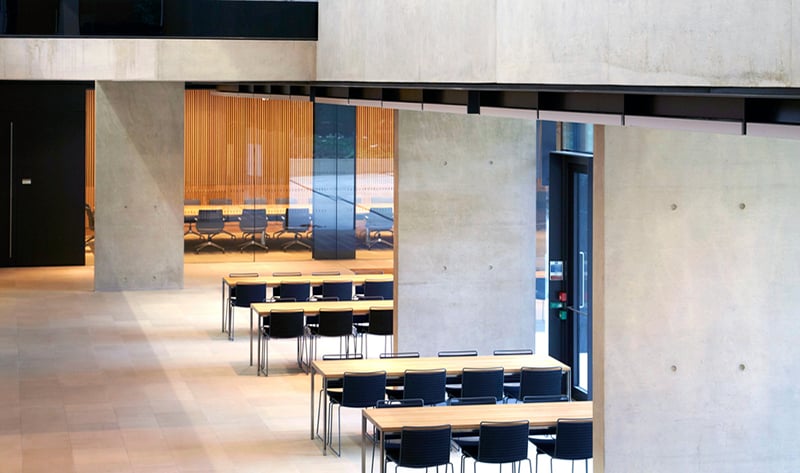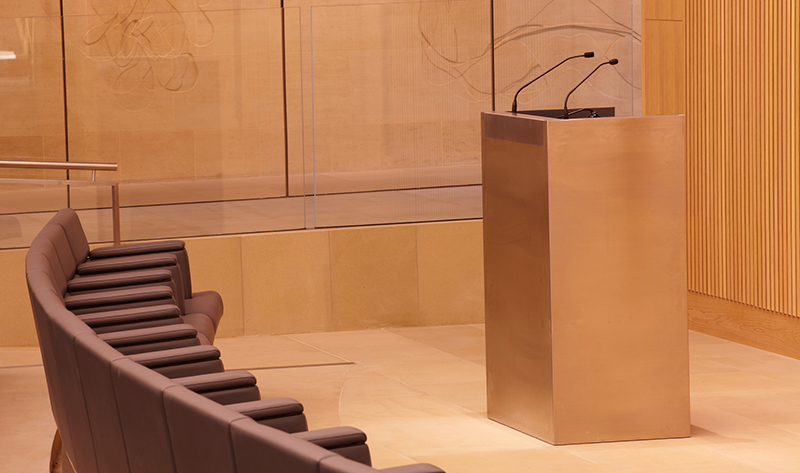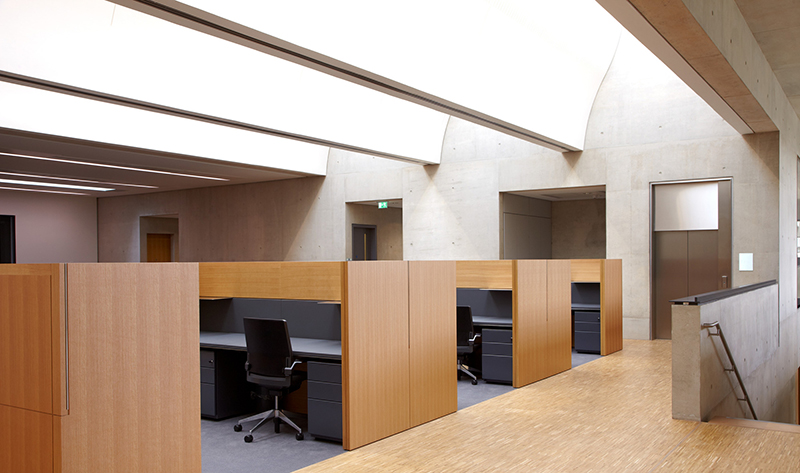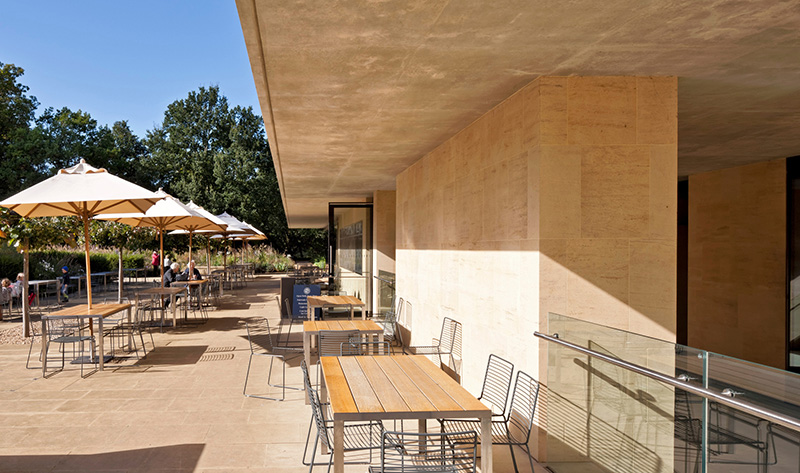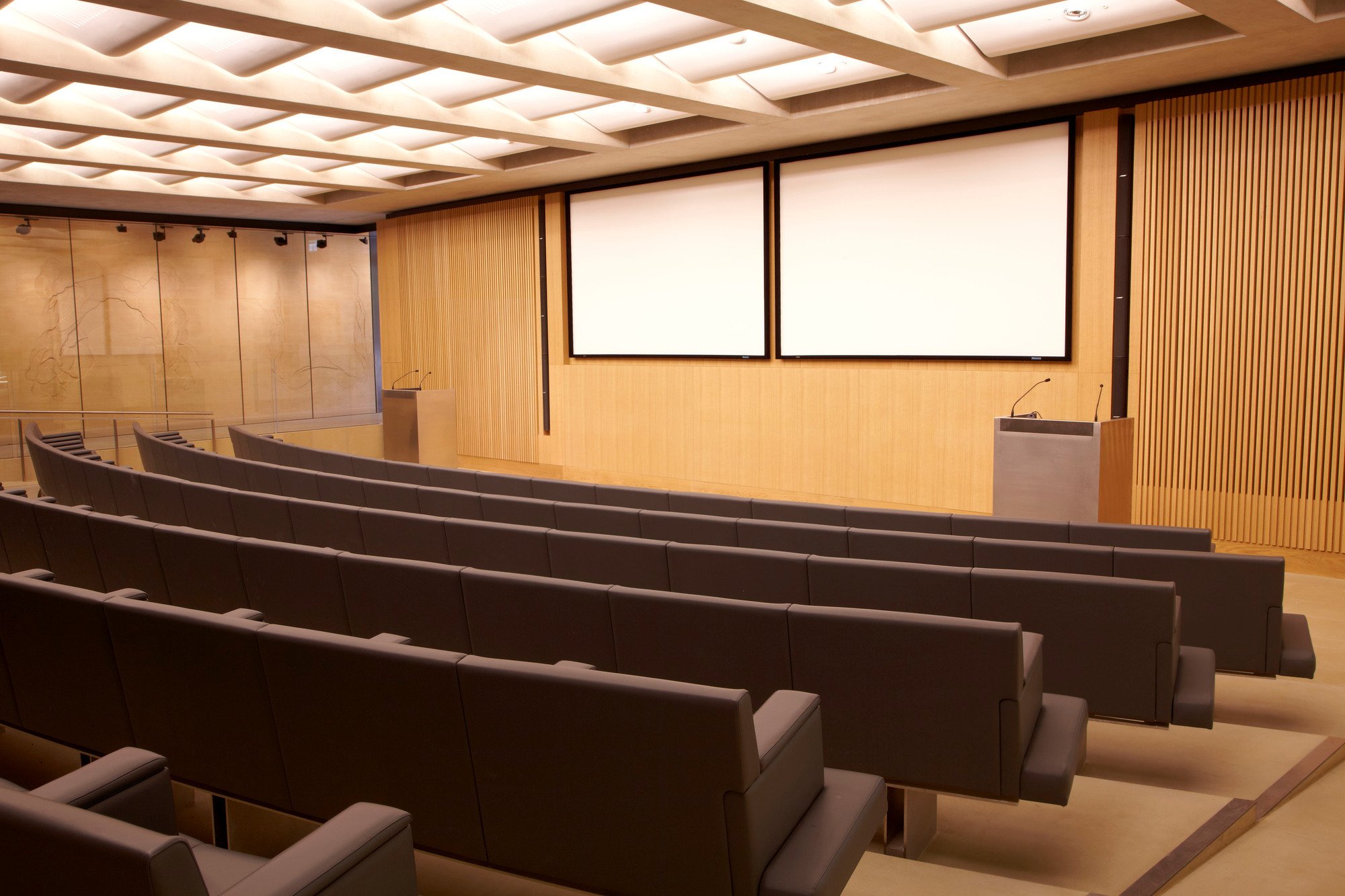Her Majesty the Queen opened the Sainsbury Laboratory in April 2011. The profound commitment to quality and painstaking attention to detail is everywhere apparent, in the ‘soft’ human issues of circulation, co-operation and collaboration, as well as sustainability and fitness for purpose, in an envelope of calm, restrained beauty. The laboratory furniture’s relationship to the building is indeed seamless. ‘The palette of natural materials... which includes powder-coated and anodised aluminium, stainless steel and acoustic render, is held together by impeccable detailed design,’ wrote critic Felix Mara in The Architects’ Journal.
Among the project’s no less than 13 awards and commendations, it won the 2012 RIBA Stirling Prize, British architecture’s highest accolade and Stanton Williams’ first. A later reader poll in The Architects’ Journal voted it the best building of all 17 Stirling Prize winners. ‘The Sainsbury Laboratory is a timeless piece of architecture,’ said the judges, ‘sitting within a highly sensitive site, one overlooking the woods where Darwin walked with his tutor and mentor Henslow, discussing the origin of species. In this project Stanton Williams and their landscape architects have created a new landscape, a courtyard which flows out into the botanical gardens. The project is both highly particular and specialised, and at the same time a universal building type, taken to an extraordinary degree of sophistication and beauty.’
This is one of the most exciting projects with which my Charitable Foundation has been involved,’ said Lord Sainsbury at the opening. ‘It combines an inspirational research programme, an historic site in the Botanic Garden and a beautiful laboratory designed by Stanton Williams, and I believe it will become a world class centre of excellent plant science.’
‘I’m delighted that the Sainsbury Laboratory has received the prestigious Stirling Prize,’ said Michael Bienias, at the time the Director of Estate Management for the University of Cambridge. ‘It’s testament to the excellent design skills of the architects Stanton Williams and truly reflects the support they received from the entire project team.’
It was clear from the outset that Lord Sainsbury wanted an outstanding building. That is exactly what he got, and the team at Luke Hughes is delighted to have been part of the project team.
Awards
The Sainsbury Laboratory has won the following awards:
2012 RIBA Stirling Prize
2012 RIBA Award
2012 RIBA East Building of the Year Award
2012 LABC Award, Best Educational Building
2012 RICS Award, Highly Commended in Design and Innovation category
2012 Civic Trust Award
2012 Lighting Design Award
2012 Highly Commended, Natural Stone Awards
2011 World Learning Building of the Year WAF Award
2011 Concrete Society Award, Overall winner
2011 David Urwin Design Award Best New Building, Commended
2011 Construction News Award, Highly Commended
2011 British Construction Industry Award, Highly Commended
Enjoy the article? Delve deeper into Luke Hughes & Company’s place in the Arts and Crafts tradition with the fascinating new book 'Furniture in Architecture' . Available through Thames & Hudson

